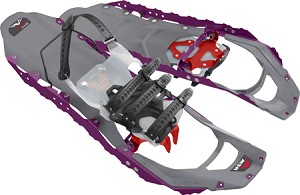
Skis, though, allow you an amazing freedom of access in the winter - not only because you can 'skin' there quicker and with far less effort than on snow shoes but also because you can use them to ski back down to the valley afterwards. I climbed the Legarde Direct a few years ago and it took us 8 hours from the summit of Les Droites back to town breaking trail up to our chests at times - it was hell. On easy terrain such as the Legarde it is entirely possible to take a pair of skis with you on your back. The climbing is never too technical and it opened up my eyes as to the possibilities of doing fast winter ascents with skis.
Enter Hagan. Hagan have been around for a while but are a very niche ski maker. It is unlikely that many in the UK will have heard of them as they are quite a small outfit n the grand scheme of things but they specialise in making light touring skis. You won't find yourself tearing down the powder but you will find yourself flying uphill - it's a trade off as usual but if you compare the weight of a pair of fat powder skis to some skinny touring ones you'll be amazed. Remember that for every extra kilogram on your feet it is the equivalent of about 6kgs on your back and you can appreciate that a few kgs of weight saved on the ski set up can make an incredible difference. Skinny skis on powder seems impossible at first but you pick it up pretty quickly.
"...Excited to try a new sport out, I dedicated a large part of last winter to learning how to ski in my Spantiks and mini skis..."
So last year I scoured the net for a small pair of skis I could take up on routes. Most manufacturers make 150cm skis but I think that this is still too big to climb with - they're not heavy but they get in the way of your axe swing and can catch on rock above you when (easy) mixed climbing. 130cm seemed the best size. To put that into context, the popular SnowBlades are 99cm long. The Hagan Extreme's are skinny underfoot and weigh in at an incredible 870g per ski. Compare that to my powder skis which weigh in at 2.4kg each and you can already see the advantage.
Excited to try a new sport out, I dedicated a large part of last winter to learning how to ski in my Spantiks and mini skis. At first it's pretty funny and completely out of control - throw a heavy pack on and it was pretty terrifying at first. However, amazingly enough we managed to pick it up pretty quickly. Within a week we were managing off-piste powder and flying down any piste difficulty. A couple of weeks after that and we both fell in love with mini ski skiing. None of the weight and clumsy feeling of having big heavy boots and planks on your feet - it felt really effortless skiing the Hagan Extreme's in climbing boots. Instead of using the stiffness of a ski boot to transmit power to the ski you have to just balance as neatly as you can in the boots - obviously climbing boots don't have enough shin support so it feels like a real joy when you get it right. Hard to explain, but honestly not too hard to master.
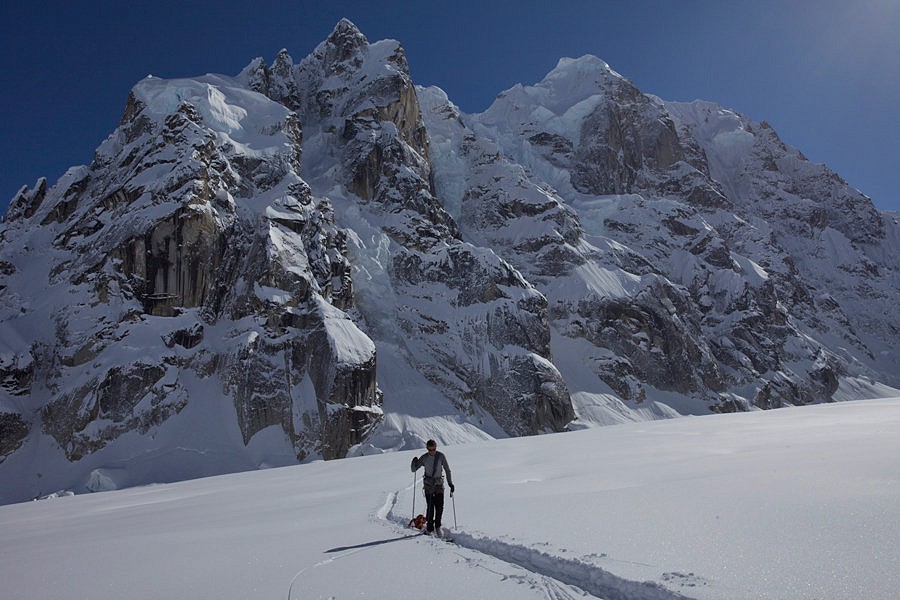
Bindings are a major problem though. There isn't a decent lightweight binding on the market that is geared towards mountaineering boots - it's a major pain. Ideally you would get a pair of Dynafit pins and modify your winter boots to take them but after quite a long discussion with someone on the Scarpa boot team it's actually pretty complicated. To put in a metal bar strong enough to take the Dynafit pins would add weight to the boot as well as make the sole thicker - neither of them good things. There are wheels in motion apparently within Scarpa and La Sportiva but I wouldn't hold your breath. Otherwise the Hagan Extremes came with their uphill bindings - they are very similar to snow blade bindings. The advantage of these is that they are incredibly light but also made of plastic and honestly they really didn't last long on the downhill. Cracks started appearing at the pressure points and they eventually broke. Hagan were happy to send replacements but obviously this isn't a solution to the problem - it's worth noting that Hagan don't sell these as downhill bindings. The only current bindings that are available are the Silvretta bindings, which are unfortunately quite heavy. The key is to roam the net for a second hand pair of Emery Chronos but they're not easy to find.
"...I've never climbed the Verte, and they say that you arent a real Alpinist until you have so I figured it was the prefect testing ground for the skis..."
Binding issue aside the Hagan Extremes were brilliant. Climbing with them is really not a problem. I err on the midget size for height and I didn't find the 130cm skis a hindrance when climbing. Make sure that you devise a good way of attaching them to your pack as this will make a massive difference. At the very start of the winter we headed up for a trial run on the Aiguille Verte. I've never climbed the Verte, and they say that you arent a real Alpinist until you have so I figured it was the prefect testing ground for the skis. The Couturier couloir lies on its northern side- a 1000m ice couloir that brings you directly to the summit of the Verte. Off the backside you descend down the Whymper couloir, click into your skis, and ski all the way down to town. Bearing in mind the base of the couloir is about 40 mins ski and skinning from the Grands Montets lift and its the ideal climb for mini skis.
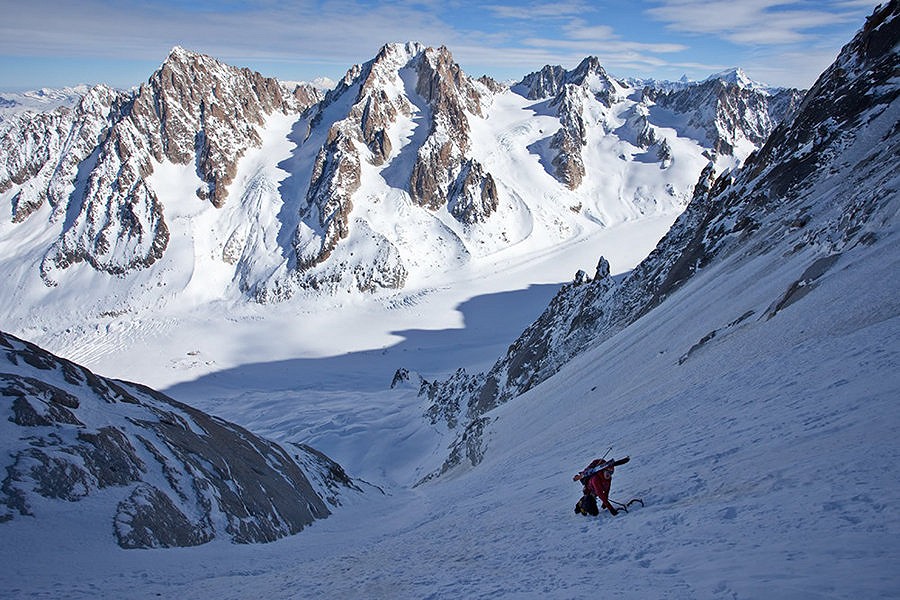
We arrived for first lift and skied over to the base. Nice and easy so far. Attached the skis at the schrund and soloed up to the summit in a decent time but also ready to clip into the skis ready for the fast way home. The Whymper couloir was a nightmare that early on in the winter and it took us something like 8 hours to descend it - deep windslab snow demanded a very careful descent. However once down it was great. No wading through deep powder on dangerous glaciers. We just clipped into our skis and pointed them down hill. What would normally have taken 3 or so hours to get to the Couvercle hut only took about 20 mins - and far less effort as well. Skiing back to town was also great as we essentially covered the same tracks that a few years earlier we had been post holing through on our descent from the Droites.
"...I can honestly say this is one of the coolest bits of kit I've tested over the last year..."
They definitely have their limitations though. On seriously deep powder and with a pack on you really have to keep your speed up to maintain any kind of flotation and this can be a bit scary at first. In addition, the lack of traction under foot due to the much smaller surface area of the ski means that when breaking trail uphill it can be a bit of a nightmare- they can slip ... alot. This does depend alot on the type of snow and the steepness of the terrain but you can't just point your skis straight up something steep like you would do with normal touring skis. For the weight advantage though this is of little concern to me anyway.

Hagan Extreme Skis

You can count on it. An adventure sport touring ski that will handle the most extreme conditions on steep slopes and icy ridges. The torsional rigidity plus its sidecut make this ski outstandingly agile with an excellent grip on ice. Constructed to meet the toughest demands.
- Cap Wood Light - Light wood core
- High molecular sintered running base
- Steel edge with disc finish
- Sidecut/mm:* 100 - 74 - 90
- Radius: 13m
- Weight: 950g
- Length: 130cm
Overall I can't think of a better ski to climb with. I don't really recommend getting anything smaller as that really enters the realms of combat skiing - i.e. just trying to stay up as long as possible before falling over. That style works but it's not fun and it's not that efficient. I thought at first that the 130cm skis would still be combat skiing terrain but was pleasantly surprised how easy they were to master. I can honestly say this is one of the coolest bits of kit I've tested over the last year.
About Jon Griffith

Jon Griffith's first climbing days were in the Avon Gorge at Bristol. After university he moved to Chamonix, where he works as a professional mountain photographer: www.alpineexposures.com.
"It's hard to pick one specific type of climbing that I prefer over the others but I think my heart still lies with big mixed alpine routes that potentially involve a couple of nights bivying. I am still getting used to the whole Chamonix 'get back in time for the last lift' style - I still include bivying as a part of any decent mountaineering experience. I am also still getting used to crack climbing - it hurts.... a lot."

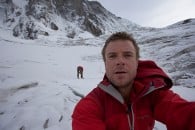

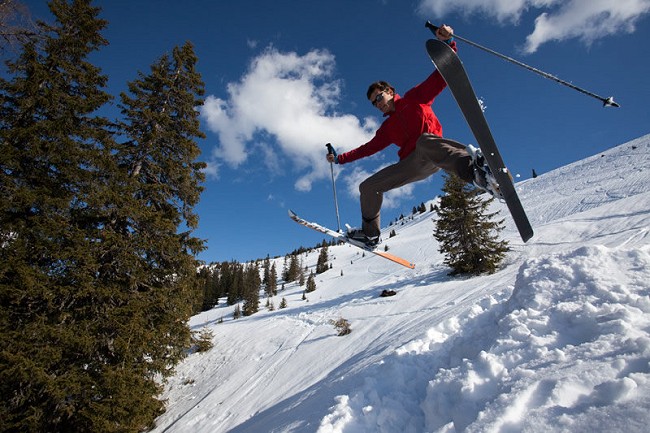
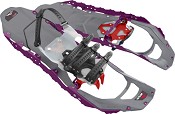
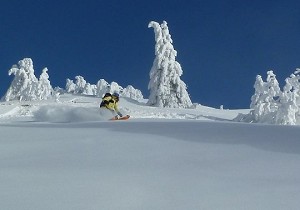
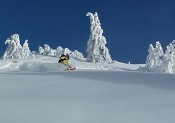
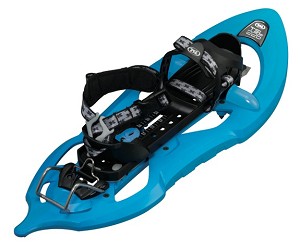
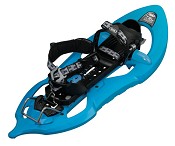
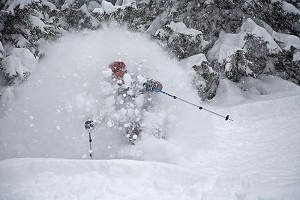
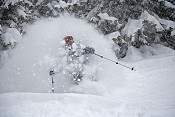
Comments